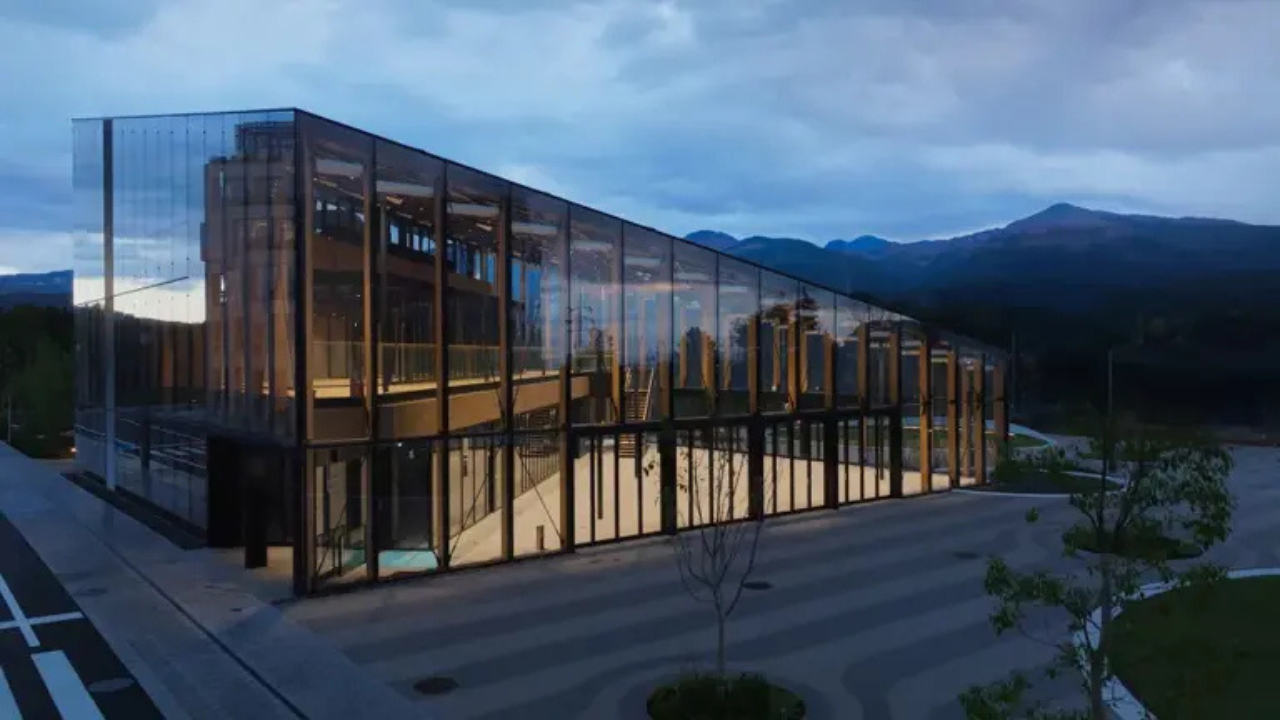
Toyota has embarked on an ambitious project by constructing a fully functioning Japanese city, known as Woven City, designed to serve as a living laboratory for future technologies. This groundbreaking initiative aims to test and refine innovations in mobility, sustainability, and urban planning, setting the stage for a new era of smart city development. As a hub of experimentation, Woven City offers a unique insight into the potential of integrating technology with everyday life to create sustainable and efficient urban environments.
The Vision Behind Woven City

Toyota’s vision for Woven City is deeply rooted in its corporate philosophy of continuous improvement and innovation. The company aims to transform itself from a traditional automobile manufacturer into a comprehensive mobility company. By creating a real-world environment like Woven City, Toyota can test and showcase emerging technologies in a practical setting, allowing for accelerated development and adaptation. The strategic importance of Woven City cannot be overstated. It serves as a proving ground for technologies that could redefine urban living. By integrating cutting-edge advancements, Toyota not only enhances its own capabilities but also positions itself as a leader in the global transition towards smarter cities. This initiative aligns with Toyota’s broader goals of fostering sustainability and improving quality of life through technology.
Design and Infrastructure of Woven City

Woven City’s design draws inspiration from traditional Japanese architecture while incorporating elements of futuristic urban planning. The city is structured to facilitate seamless integration of technology into daily life, with emphasis on pedestrian-friendly pathways and autonomous vehicle routes. This blend of old and new creates an environment that is both functional and aesthetically pleasing. The infrastructure of Woven City is equipped with smart components such as IoT devices, AI systems, and renewable energy sources. These technologies work in harmony to create a self-sustaining ecosystem that minimizes environmental impact. The use of renewable energy sources, like solar panels and hydrogen fuel cells, underscores Toyota’s commitment to sustainability. The integration of autonomous vehicles further enhances the city’s efficiency, providing a glimpse into the future of urban transportation.
Technological Innovations and Experiments

Woven City serves as a testing ground for a variety of cutting-edge technologies. Among them are hydrogen fuel cells, robotics, and smart homes, which are being rigorously tested to assess their viability in a real-world setting. These innovations have the potential to revolutionize urban living by increasing efficiency, reducing emissions, and improving quality of life. Toyota’s collaborative efforts with tech companies and research institutions play a crucial role in fostering innovation within Woven City. By partnering with experts in various fields, Toyota ensures that the technologies being tested are at the forefront of advancement. The potential impact of these experiments extends beyond Woven City, offering insights that could influence global technological advancements and urban development.
Community and Lifestyle in Woven City

The community within Woven City is as diverse as it is dynamic, comprising Toyota employees, researchers, and their families. These residents are not merely inhabitants; they are active participants in the experiment, contributing to the development and refinement of new technologies. This collaborative environment fosters a sense of community and shared purpose, enhancing the overall quality of life. Woven City aims to enhance residents’ lifestyles through technology, social interaction, and sustainability. The city offers educational and cultural initiatives designed to promote engagement and collaboration among residents. By integrating technology with everyday life, Woven City creates an environment that is not only sustainable but also enriching and fulfilling for its inhabitants.
Future Prospects and Global Implications

The long-term vision for Woven City extends beyond its borders, with the potential to influence urban development projects worldwide. As a living laboratory, Woven City provides valuable insights into the integration of technology and urban living, offering a model for future city planning. Policymakers, urban planners, and industries alike can draw lessons from Toyota’s ambitious experiment. However, the use of a living city as a technological laboratory raises potential challenges and ethical considerations. Balancing innovation with the well-being of residents is crucial, as is ensuring that technological advancements align with societal values. As Woven City continues to evolve, it will undoubtedly serve as a catalyst for discussions on the future of urban living and the role of technology in shaping it. For more insights into Toyota’s initiatives, you can explore their official page on Woven City. Additionally, academic analyses such as this study on Toyota’s leadership and insights from collaborative research provide deeper understanding of the company’s strategic direction.